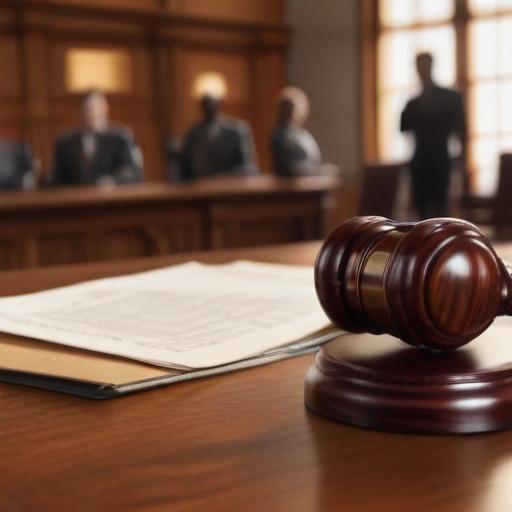In the ongoing trial of Karen Read, a former adjunct professor charged with second-degree murder for allegedly striking her boyfriend, Boston police officer John O’Keefe, with her SUV, the court has heard from critical forensic experts. As jurors weigh the evidence, one key prosecution witness, Shanon Burgess, a digital forensics examiner, provided insight into discrepancies related to data from Read’s vehicle and O’Keefe’s cellphone.
Burgess analyzed various computer modules in Read’s SUV, including a newly discovered micro-SD card. He discussed ignition events and a “clock variance” between the SUV’s internal clock and other devices, which the prosecution argues is pivotal to understanding the timeline of events surrounding O’Keefe’s death on January 29, 2022, during a snowstorm. Notably, Burgess indicated that two “triggering events” occurred in the SUV, which he will elaborate on as his testimony continues.
However, the defense team, led by attorney Robert Alessi, seized the opportunity to question Burgess’s credibility by pointing out inaccuracies in his resume and LinkedIn profile concerning his educational qualifications. Burgess acknowledged errors, including falsely claiming a degree he did not possess. Alessi emphasized potential biases in Burgess’ analysis, challenging his scientific principles and the terminology used in his report, including references to the incident as a “homicide” prior to formal testing.
In addition to Burgess’s testimony, DNA analyst Nick Bradford discussed findings from several samples, including a taillight extract that strongly matched O’Keefe’s DNA, while excluding others. Despite ongoing legal back-and-forth, the defense introduced counterarguments based on the nature of the DNA samples. The proceedings have thus been marked by a highly combative atmosphere as the defense strives to address the prosecution’s claims while raising significant doubts about the forensic evidence presented.
The outcome of this trial remains uncertain, as jurors are tasked with sifting through technical evidence amid conflicting analysis. With a backdrop of previous mistrials, Read’s defense continues to hope for a favorable resolution, emphasizing alleged mishandlings and potential cover-ups involving law enforcement.
In a related aspect, this trial highlights broader issues in forensic evidence handling and the importance of scrutinizing expert testimony, which are crucial elements in legal battles that could affect the case’s direction profoundly. As the trial unfolds, it can serve as a reminder of the complexities involved in such serious matters and the necessity for meticulous attention to detail in the pursuit of justice.
